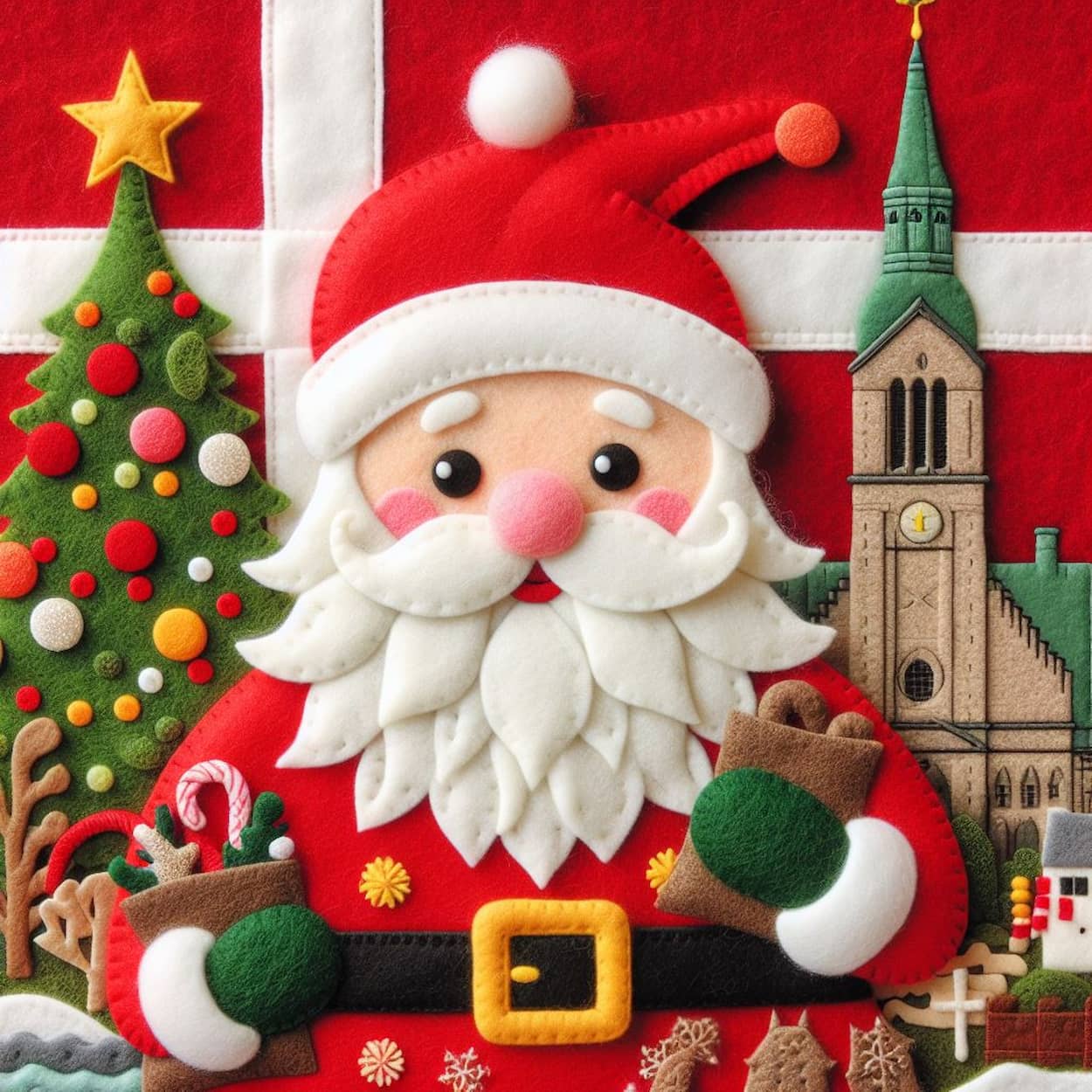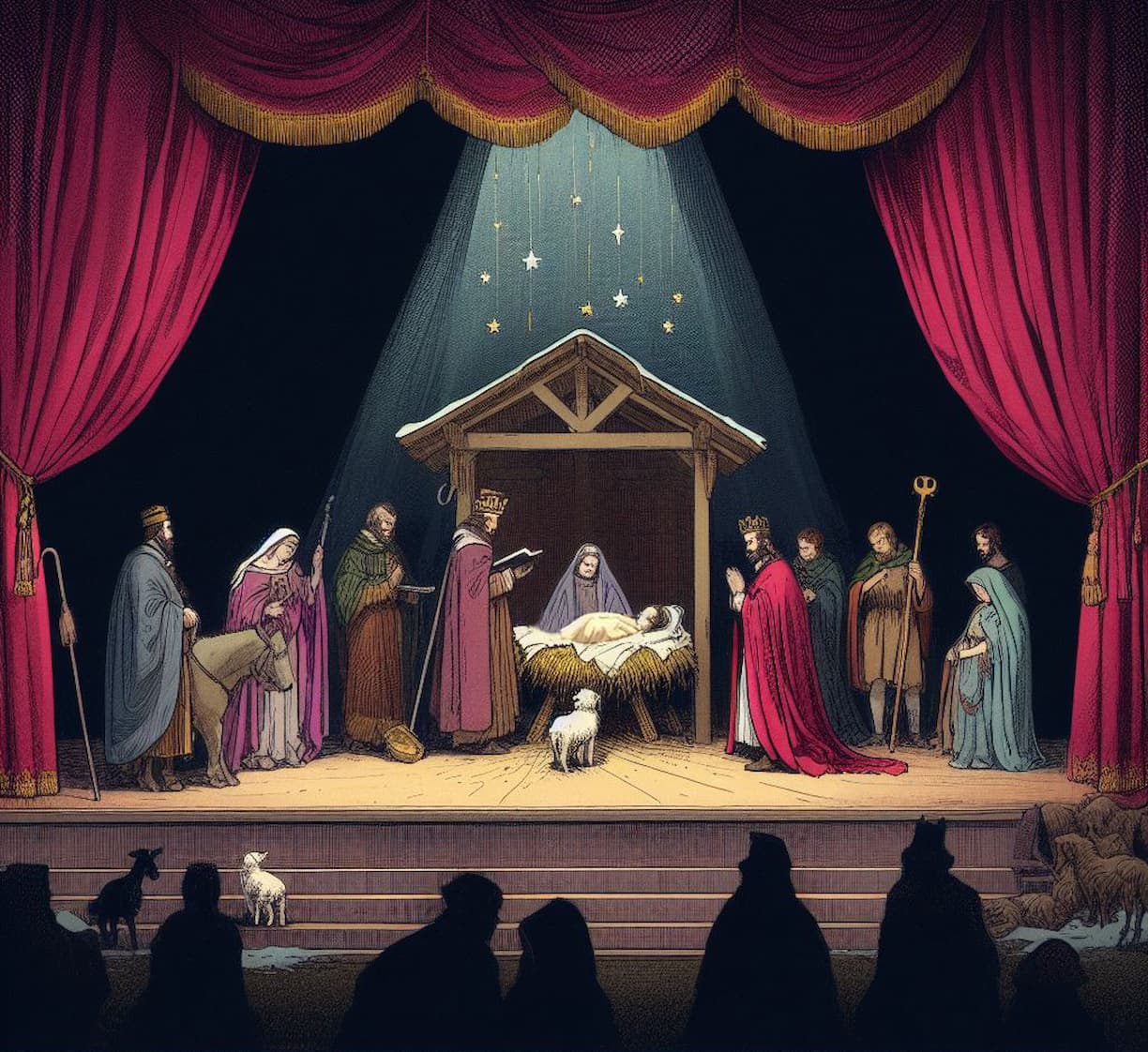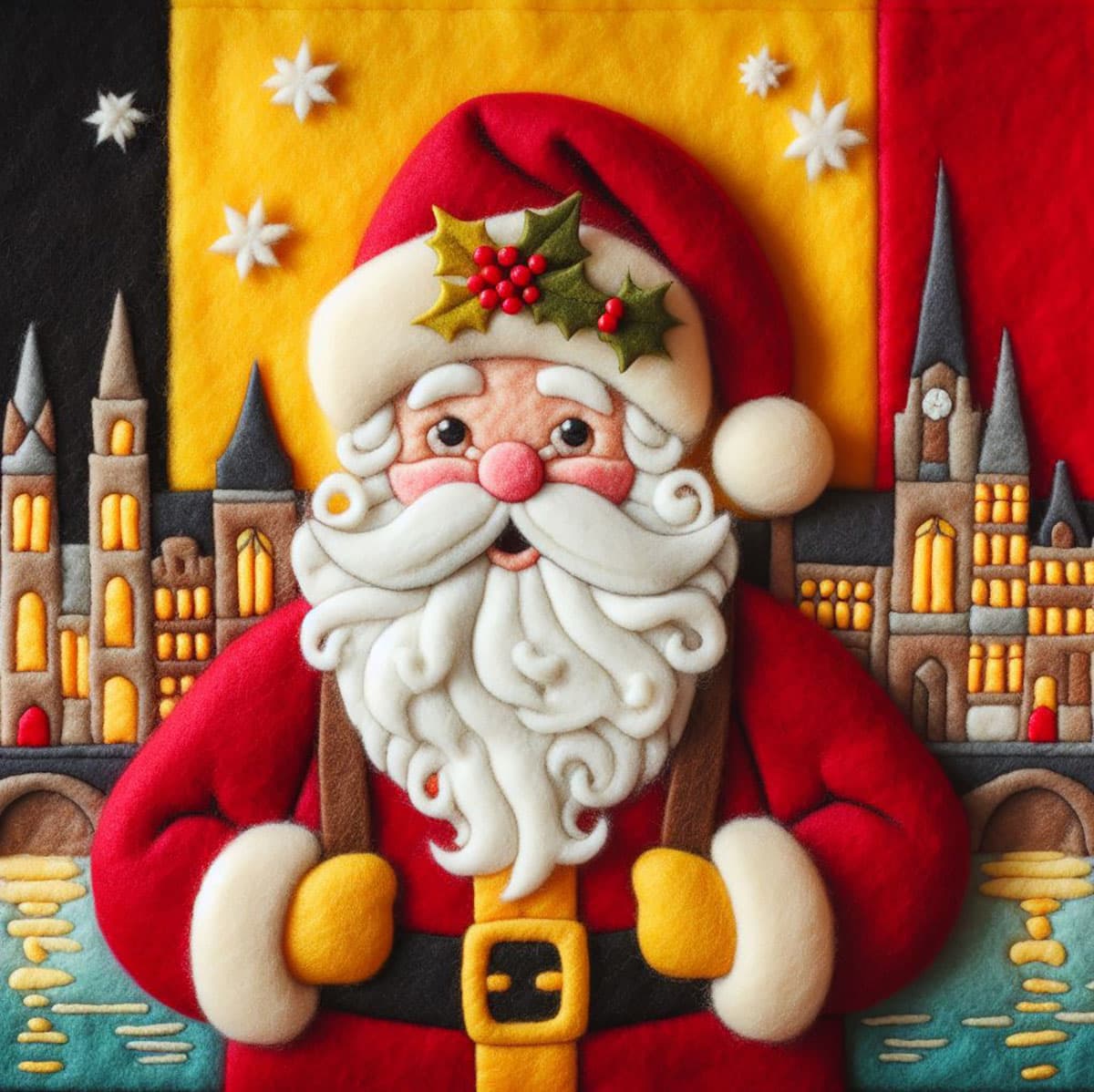Christmas in Italy: Traditions, Celebrations, and History
Today, around 83% of Italy's residents are Christians. The Italian Christmas season (Natale) starts on December 8th with the Immaculate Conception celebration—the day when the Christmas tree is customarily decorated.






